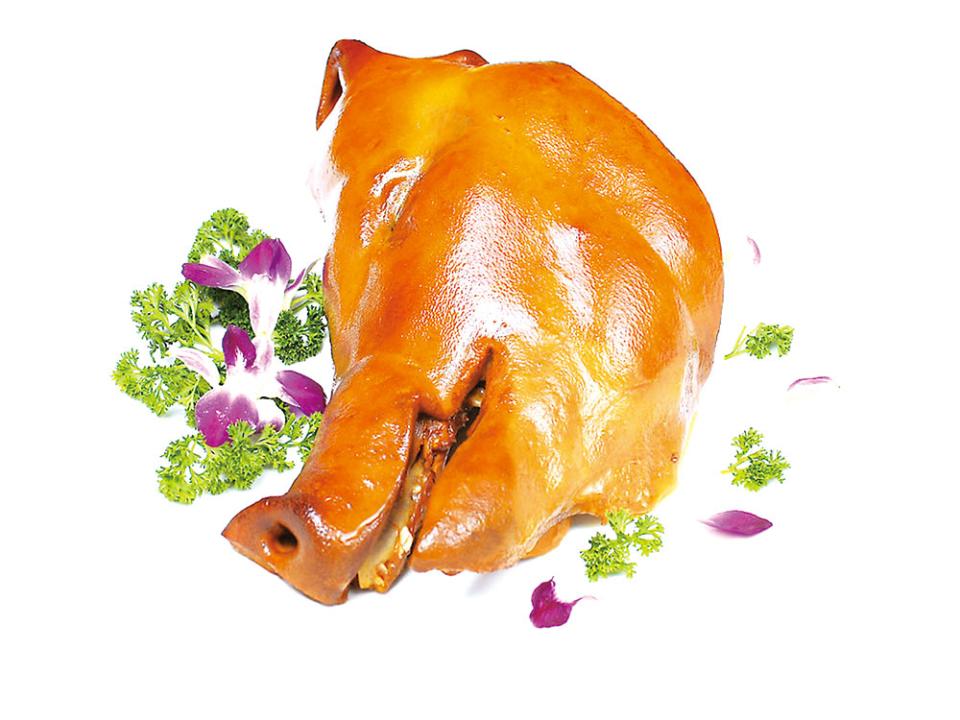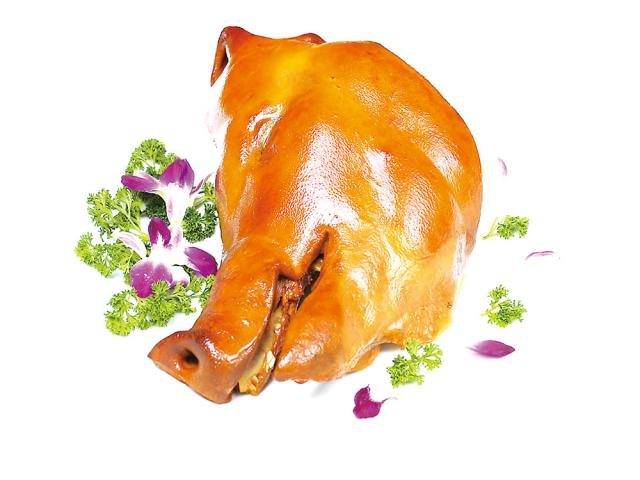Emerging from the windswept moors of Yorkshire into the hubbub of Beijing’s Dongcheng, a 40-square-kilometer city district home to half as many people as my entire, 8,500-square-kilometer home county, meant culture shock was inevitable. As with legions of foreign immigrants before me, therefore, I turned to food for comfort.
Fortunately, Beijingers share one defining trait with us Yorkshire folk (aside from a wariness of outsiders and a terrifying capacity for alcohol). This trait is a burning, simmering, slow-roasting passion for everything porcine. One thing that Yorkshire folk have forgotten, however, and that Beijingers and the Chinese in general have not, is to find a culinary use for every last molecule of perhaps this most versatile of livestock, and in my eight years in China I have tried almost every part of the pig in one form or another.
I first became aware of such true nose-to-tail eating through a fellow overseas student, who, on his way home from class each day, would stop at a roadside stall for, as he phrased it, “a box of hot pig face.” I assumed his choice of words was a wry dig at the rumors – at the time just beginning to circulate – that cheap Chinese street food invariably derived from the off-cuts of the local slaughterhouse mixed with anything from cornmeal to cardboard. I decided to see for myself what in fact my friend was chowing down on, and discovered that his description of the dish was entirely accurate – an entire pig’s face, from the brows to the snout, de-boned and simmered in a rich onion gravy and served whole over thinly-sliced scallion pancakes.
Pork is a big deal in China. So big, in fact, that the government maintains a strategic pork reserve, defrosted in times of crisis to ensure the masses have uninterrupted access to their preferred protein source. Pork and pork products make their way into the most unassuming of dishes. Pork’s magical ability to absorb other flavors and complement various spices and condiments makes its marriage to the diversity of Chinese cuisine a match made in heaven.
Vegetarians are regularly horrified to discover that the Northern staple ganbian doujiao – chili-fried green beans – owes much of its piquant savor to its topping of minced pork fried in fermented pepper paste from Pi county in Sichuan. The umami flavor in many vegetable and rice-based dishes – a taste referred to as xian in Mandarin – is often the product of diced cured ham, or chunks of spiced dried sausage. Pork lard, meanwhile, is (again, unbeknownst to most local vegetarians), a binding and enriching agent used in Chinese patisserie, particularly in flaky, buttery sweet pastries.
Of course, Chinese chefs are far from reluctant to place their porkers on proud display. Jellied pigs’ ears, head cheese, deep-fried or barbecued pigs’ tails, and tender soy-stewed trotters (a personal favorite – just try these messy morsels of meltingly-tender and delicately flavored meat) are consumed from Sichuan to Shandong, as are more standard cuts including loin (its relative dryness ideal for deep- or stir-frying), belly (stewing or simmering, particularly for sinful ‘red-cooked pork’), knuckle and, of course, spare ribs. Finally, for the most shameless of piggy indulgences, head to Guangzhou or Hong Kong and order the whole animal – a crisp-skinned, unctuous suckling pig, served these days with cherry-red LEDs in its eye sockets. Shameless.
As a child who grew up on bags of pork rinds, pork pies and then roast pork on Sundays, China’s myriad means with which to spice up swine was my first indicator that my host country had the potential to become my adopted country.
Eight years later, we’re drawing up the official paperwork. Over braised ribs.

 Old Version
Old Version
